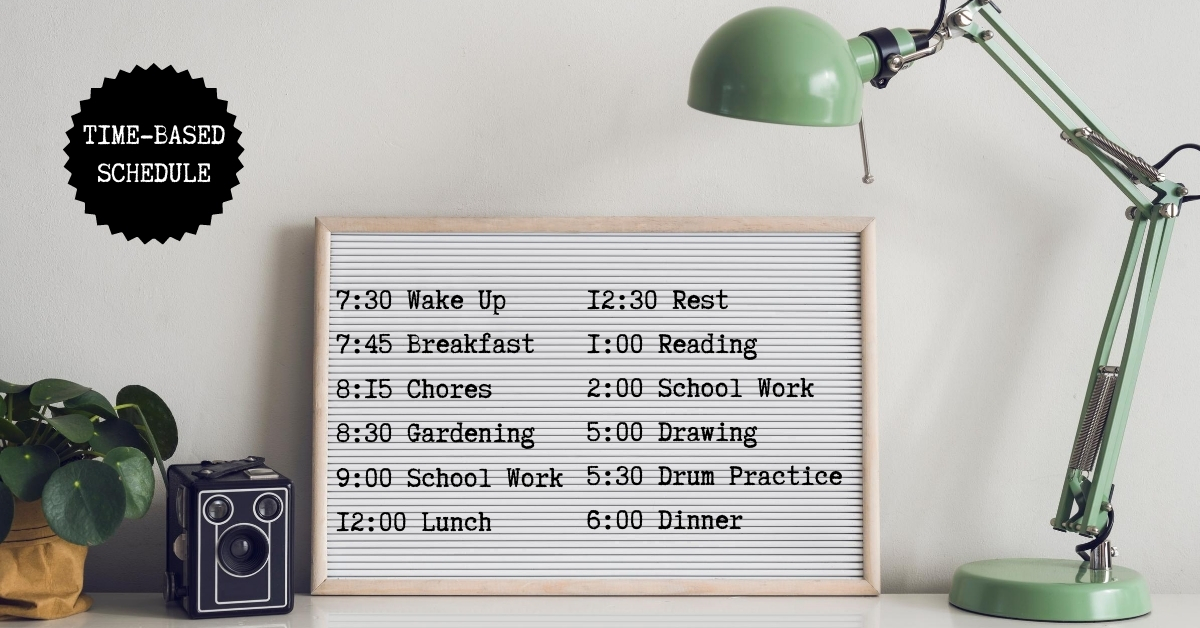I’m taking a short Montessori course for parents who are homeschooling their elementary kids and sharing what I learn here in the blog. This is the eighth article in the series. You can start from the beginning here.
♥
What does a Montessori homeschooling day look like? We talk about creating a schedule for our child doing home-based learning in this post.
The first thing we have to remember as we create our child’s schedule is that homeschooling is NOT recreating school at home. In its purest form, homeschooling is, instead, the mindset of learning happening all the time.
Another thing to keep in mind is that Montessori is an educational method that allows children to have the gift of time. That is a very central philosophy in Montessori: the idea of time and freedom, hand-in-hand with responsibility.
In Montessori homeschooling, therefore, there is no strict way to structure our day. We can try, for the first few weeks, the schedule that we think will work best: we can assess what is and isn’t working, and then we adjust until we find a routine that works for everybody.
This actually happened to us in the final months of the last school year, when we had to abruptly switch to home-based learning because of quarantine. At first, we were kind of pa-kapa-kapa — and the stress was through the roof! — but we eventually settled into a workable rhythm.

There are different ways we can organize our day:
- Time-based schedule – follows the clock; the one we’re most familiar with
- Event-based schedule – structured according to events, with no particular attachment to time
- People-based schedule – for example, if the homeschooling parent has a job in the morning, homeschooling activities can be done in the afternoons
- Task-based schedule – breaking the day down into tasks and completing these tasks in any order that feels natural
True to the collaborative spirit of Montessori, you can collaborate with your children on what your day will look like. You can involve them by having them:
- Make a list of tasks to be completed — if something is missing, say “What about X”
- Order the tasks according to when they would prefer to do them
- Create a chart and post it where it can easily be seen — helpful in that, if your child doesn’t know what to do next, they can always check the chart

Important notes:
- So as not to take away intrinsic motivation, schedule charts should be used as a “to do” list, rather than a reward chart where the child gets a [literal or figurative] piece of candy for every task accomplished.
- During the first few weeks, prioritize flow over productivity. Let your child make a list of tasks they can already do independently, have them choose from it, and allow them to get accustomed to the routine.
Keep your schedule flexible but consistent. Rather than your child waking up and not knowing what the day will look like, creating a routine will set the tone and set expectations for the day, and help all of you settle into a comfortable rhythm.
♥


